Madeira: A Walking Guide
Madeira: A Walking Guide
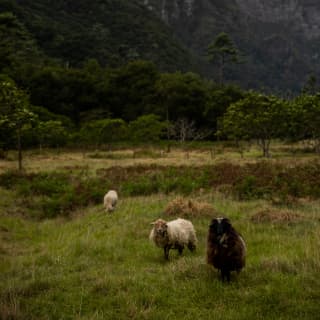
There’s plenty of inspiration to be found when walking among Madeira’s rugged peaks and sparkling levada waterways. We explore the best hikes, saunters and strolls on the Island of Eternal Spring.
Madeira lies like a jewelled ship in the sea. That’s the impression you have as you approach this mountainous Atlantic outpost of Portugal by plane or by boat. Volcanic action and copious rainfall have moulded the island into a dramatic tangle of peaks and ravines, the dark lumpy rock draped in a thick coat of green vegetation, the sea cradling the island and reflecting light into every nook and cranny. It’s a wonderfully enticing sight for walkers, who gaze at the mountains and the lush valleys and can’t wait to pull the boots on and explore.
Madeira's flowers are world-famed, not just in spring but all the way round the calendar. 'The Island of Eternal Spring' has benefited over the centuries from its geographical position as a stepping stone and staging post between the Old and New Worlds. Visitors were constantly coming and going. Many left behind tokens of their journeys to the ends of the earth in the form of exotic seeds and plants, which have flourished in the rich volcanic soil.
A Gourmet Menu of Year-Round Walks
The Madeiran climate stays warm all the year round. The landscape is made for hiking, but you’ll need a raincoat. There’s a reason why this magical island is so green and full of flowers—plenty of ‘sweet, refreshing rain’, especially in the winter months. People are friendly, and almost all of them speak English. Every mountain slope and river valley is painted with a glorious palette of flowers, even as early as January. And you can reach most corners of the island on foot along a network of beautiful paths.
Once you’re settled in and ready to play, it’s a question of choosing from a gourmet menu of walking options. If you’re a fitness freak or an explorer with energy to burn, those high peaks will call you up and away. If you simply want to saunter through the gardens and parks of Funchal, capital town of the island, there are dozens of short, flowery strolls. And for those who are after something between those two—a bit of a challenge, a few miles to shake off the sloth and get the blood moving—the levadas lie in wait. As for which walks it’s safe to do on your own—that, of course, depends on your level of fitness, your experience, and (most importantly) your head for heights.

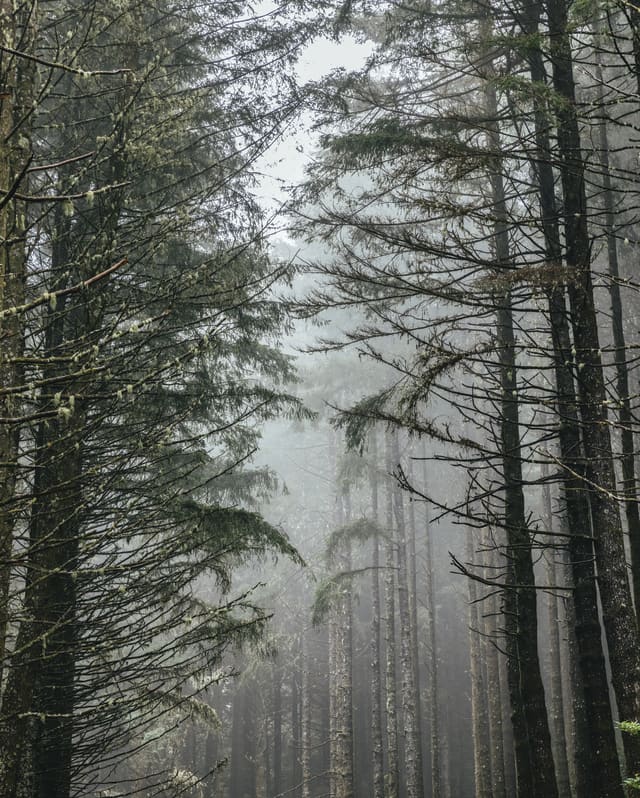
Bubbling Springs and Snaking Streams
The best advice, whatever your level, is to head for the hotel desk and engage a professional guide for your first walk. He/she will introduce you to fascinating snippets of Madeiran history, culture and wildlife, and will also be able to advise you on what’s safe and what’s not. The situation changes all the time, especially in the winter. Madeira is an Atlantic ocean island of steep volcanic mountains, and when the rain falls, it falls on sloping ground. The bubbling springs are soon filled, and often come pouring exuberantly forth across the mountain roads and through the valleys. They can cause landslips, leading to road closures and path obstructions. The guides know all about such happenings, so it’s a smart move to make full use of their excellent local knowledge.
As for those levadas… most visitors to Madeira end up on a levada walk, sooner or later. Everywhere you go in the island you hear of these ingenious man-made irrigation watercourses that writhe like snakes along the green hillsides. Most of Madeira's levadas were built after the war, hand-cut and tunnelled through solid basalt by men pickaxeing and hammering the rock while suspended at the ends of ropes or leaning out of giddily swaying wicker baskets. The banks of the levadas were planted with agapanthus lilies, belladonna and hydrangeas to soften their appearance—an early form of amenity landscaping. The islanders boast of the levadas’ beauty, of the enormous extent of them—nearly 1400 miles in all, in an island less than 40 miles long. And you learn all about the head for heights that you need if you are going to tackle one of the narrow maintenance paths that follows the tortuous windings of a levada.
Two Selected Scenic Trails
The walk from Ribeiro Frio to Portela along the Levada do Furado is a classic example, a 4-hour hike on easy gradients, wriggling through a narrow gash in the mountainside, then a succession of little tunnels hacked out of the rock. These are followed by the most dramatic section of the journey, a reeling ledge between forest and sky with a majestic view wheeling slowly by: swooping green ridges and slopes falling away to the red roofs of Porto da Cruz on the north coast of the island, overhung by the stark bulk of Penha de Aguia, the Rock of the Eagle, and bounded by the blue Atlantic. It’s an extremely narrow path, clinging to a sheer cliff face in places, with only a rickety fence between you and a thousand-foot drop. Vertigo sufferers, or anyone unsteady on their legs, would find the walk impossible. But for fit walkers with a head for heights, the Levado do Furado and its like offer one of the world’s most memorable hikes.
The other great Madeiran walking experience is to be found along the paths that thread the Ecological Park of Funchal, sited up in the mountains behind Funchal among dense plantations of eucalyptus and acacia. These forests, planted on Madeira's south-facing slopes in the early 1900s for the wood-pulp industry, were smothering the island's native laurisilva woodland. Now they are being felled, and new paths opened that take you wandering among heathers, ferns, Madeira lilies, til tree, cow's tongue, mimosa, bay trees, laurels, bilberry and a dozen other aromatic components of laurisilva, the original maquis-like forest of Madeira. To walk here in the sunny green woods that trickle with water, ring with birdsong and smell like an exotic herbarium is surely to have a little foretaste of heaven on earth.
Delve deeper into
You might also enjoy
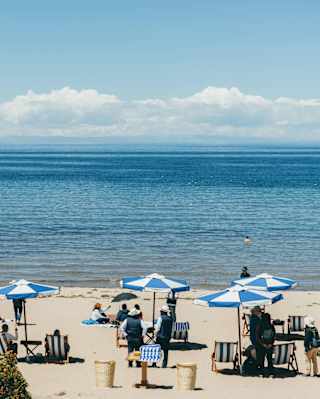
Hello From the World’s Highest Beach
Most beaches meet the sea, however, this one greets the sky. Stake your spot at Collata Beach on Lake Titicaca’s Taquile Island, where Belmond’s Andean Explorer is offering a rare trip to the shore at an altitude of nearly 4,000 metres.
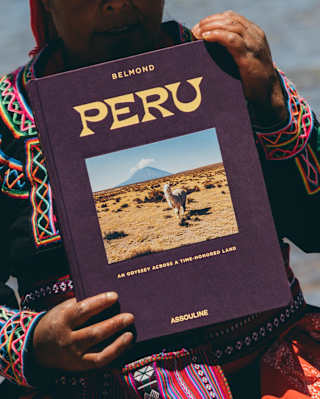
Peru: An Odyssey Across a Time-Honoured Land
In this extract from “Peru: An Odyssey Across a Time-Honoured Land,” a new book published by Assouline in collaboration with Belmond, journalist Catherine Contreras reveals a Peru travel guide, inviting readers to explore one of the planet’s most captivating destinations and showcasing the beauty of the locations where Belmond’s hotels and trains are found throughout Peru.
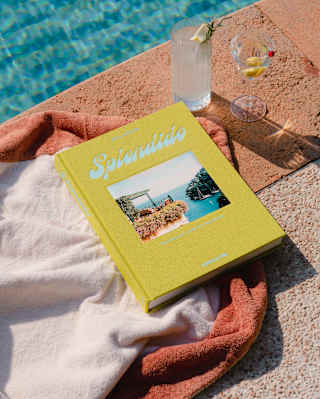
Splendido: The Radiant Stage of Portofino
For the new Belmond Assouline travel book, British journalist Matthew Bell dives into the history of Splendido to tell us the tales of the gem of the Italian Riviera. The hotel, which has entered a new chapter on the radiant stage of Portofino after a painstaking renovation, transforms into a mythical legend in the new Assouline travel book – discover an excerpt from the guide and read about the secret stories behind the iconic destination.
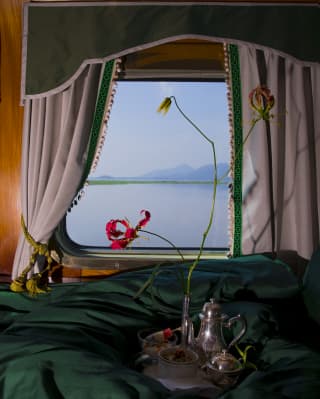
Go with the Slow: The Rise of Train Travel
Belmond continues to shape the future of luxury train travel, marked this year by the arrival of the Britannic Explorer, the first train of its kind in England and Wales. Monisha Rajesh – author of four travel books including ‘Moonlight Express: Around the World by Night Train’ – discovers why slow travel is having a resurgence.
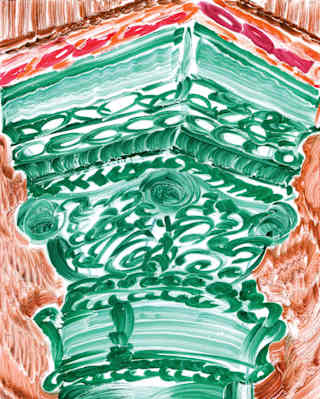
Quite the Site: Luxury Travel to UNESCO World Wonders
As proud custodians of historic properties near cultural and natural wonders, Belmond’s hotels and trains are the perfect choice for travellers with a historical hankering. Whether you’re marvelling at the ingenuity of the ancient Romans in Britain or the wonders of the Mayas in Mexico, our properties are your gateway to the past.
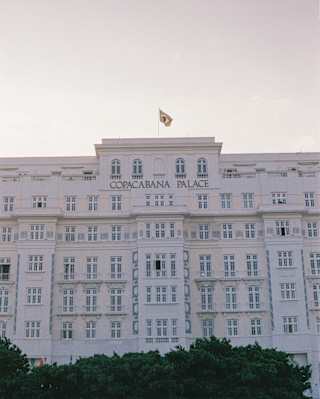
Belmond Legends: Copacabana Palace
Welcome to Copa, the legendary stage for the most glamorous encounters and iconic revellers. This is the place where Rio entertains and enchants. The place where Rio starts.
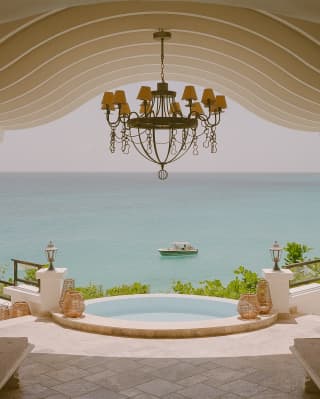
La Samanna: The Sanctuary of St. Martin
Perched above Baie Longue, La Samanna is a place where elegance and tranquillity mingle in perfect harmony. Step inside our legendary hotel, in the heart of Terres Basses.